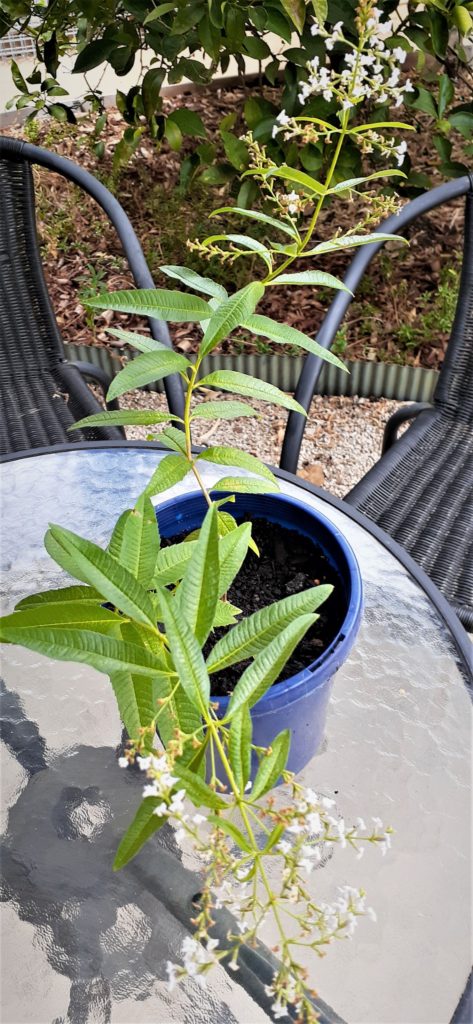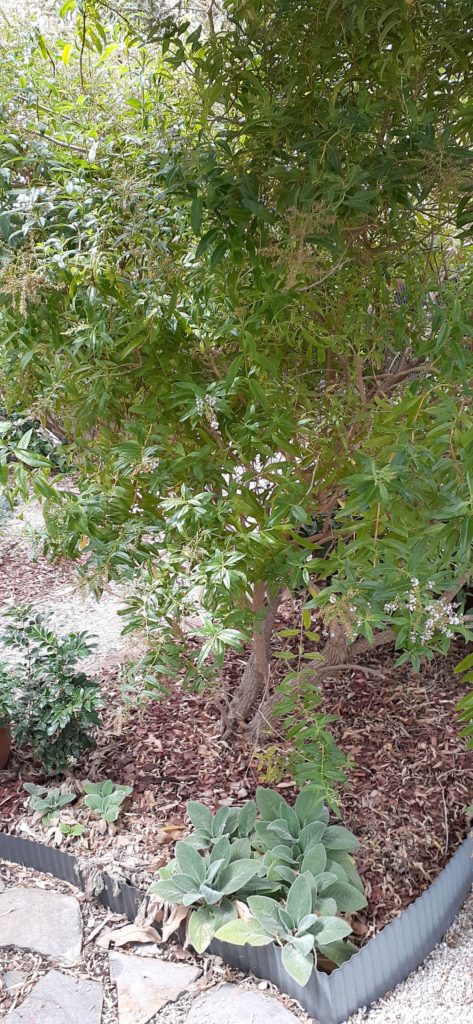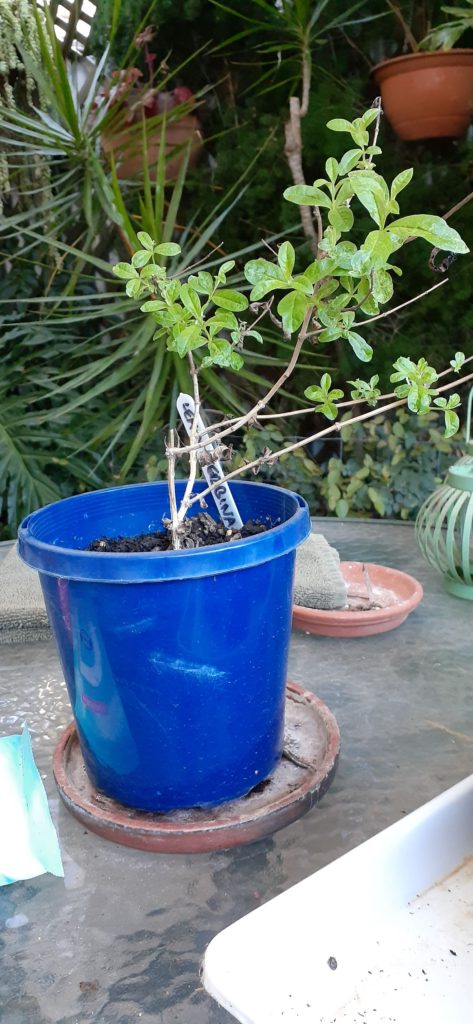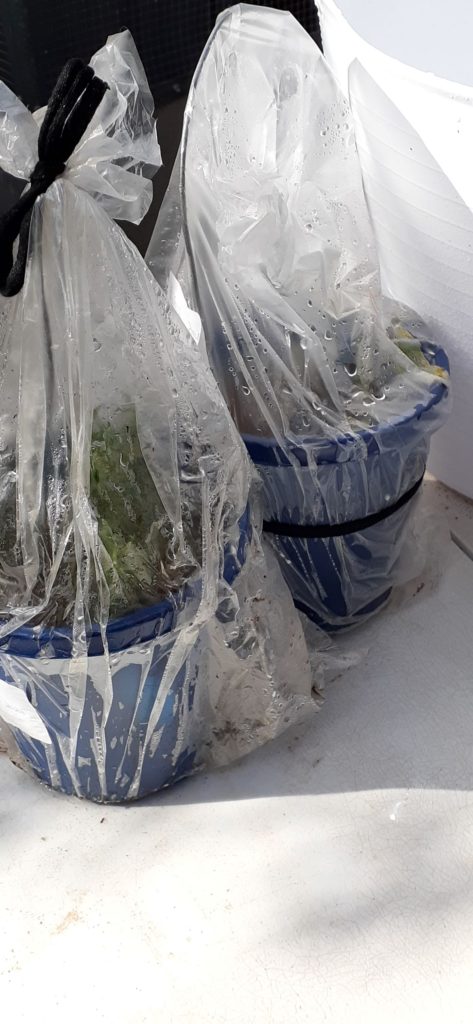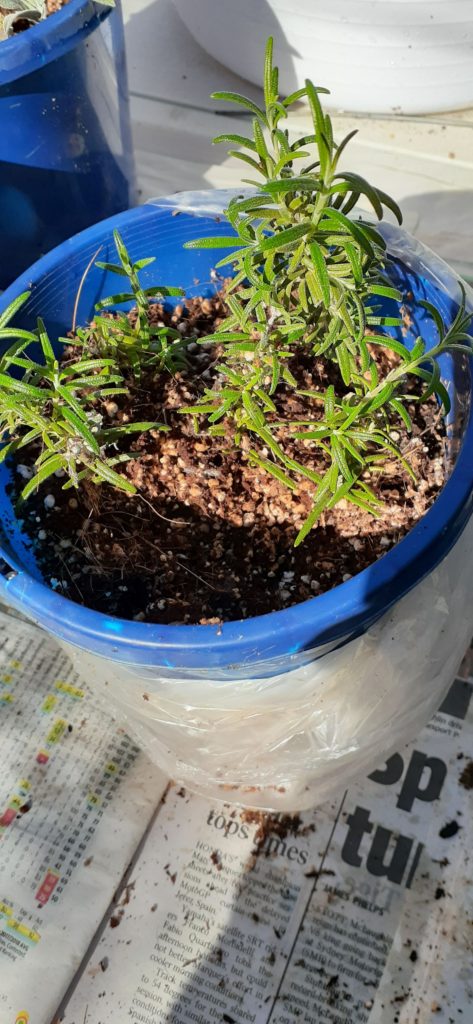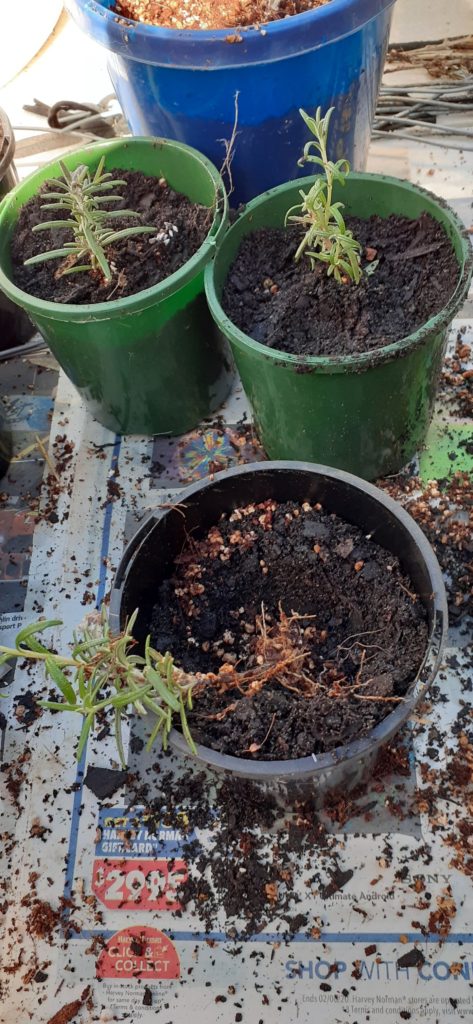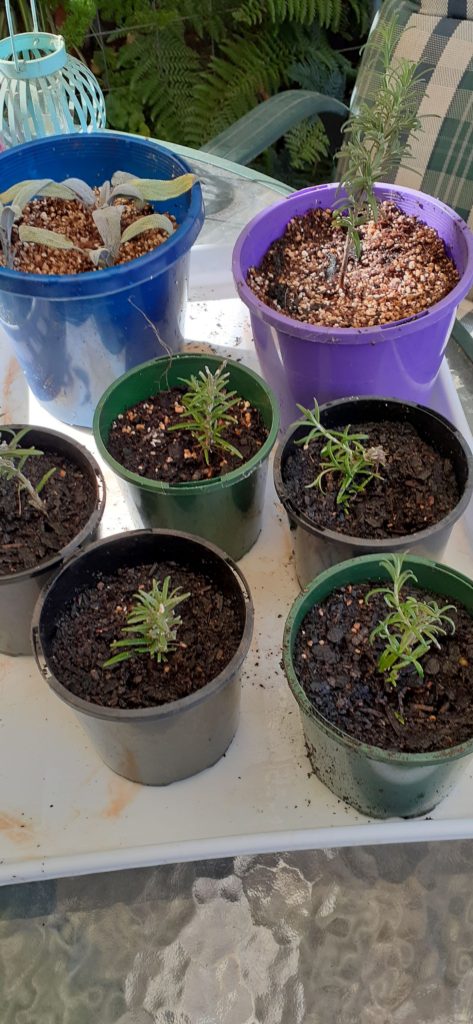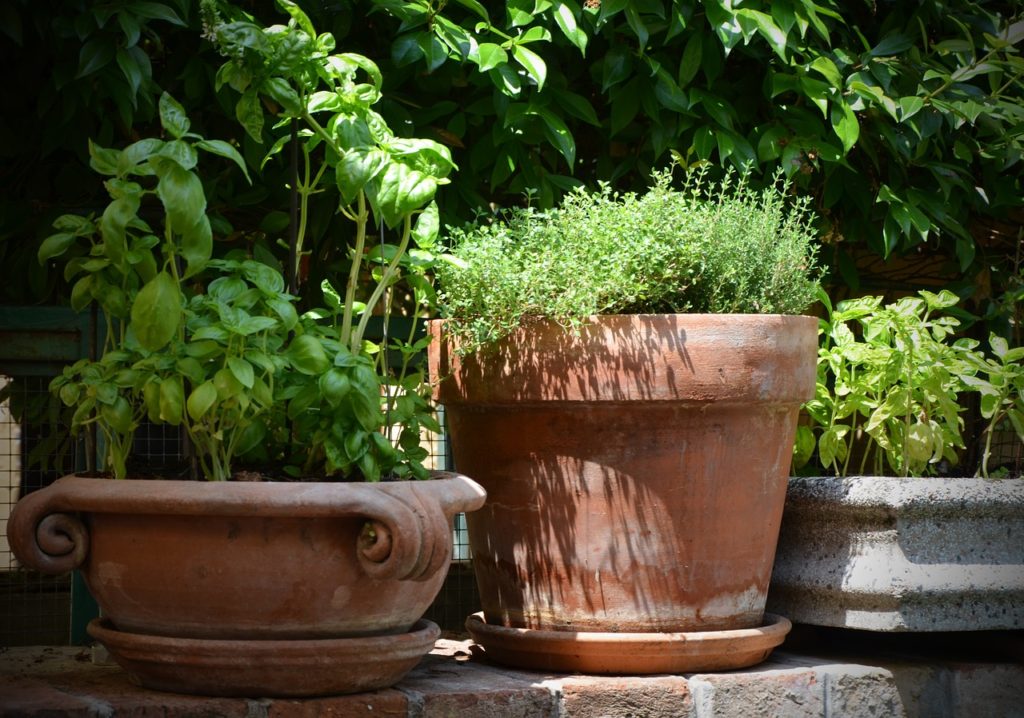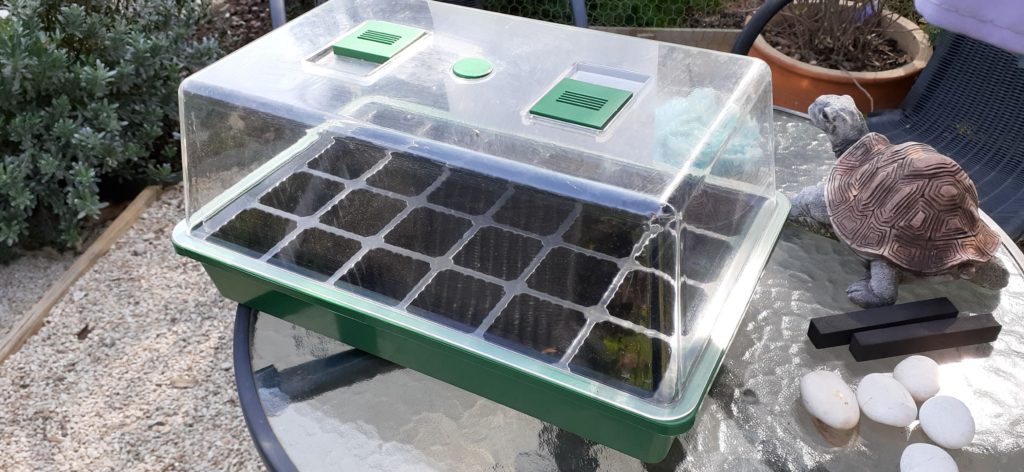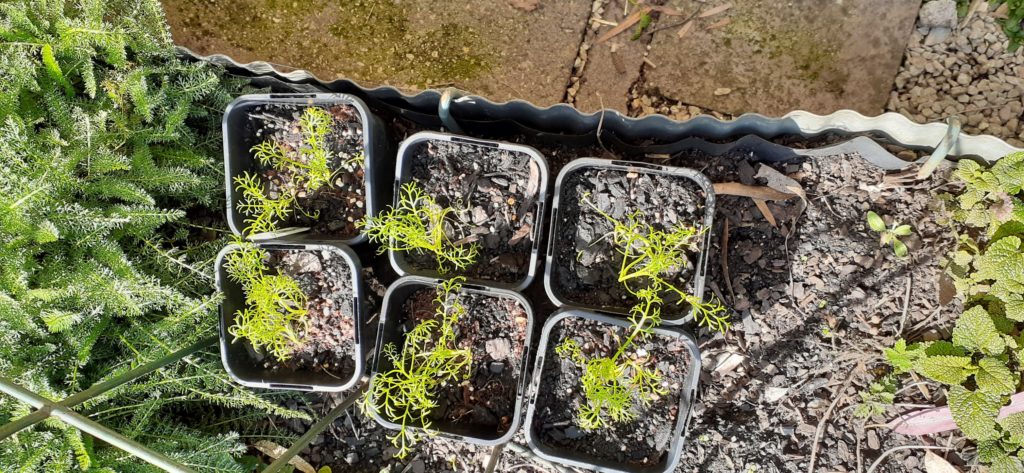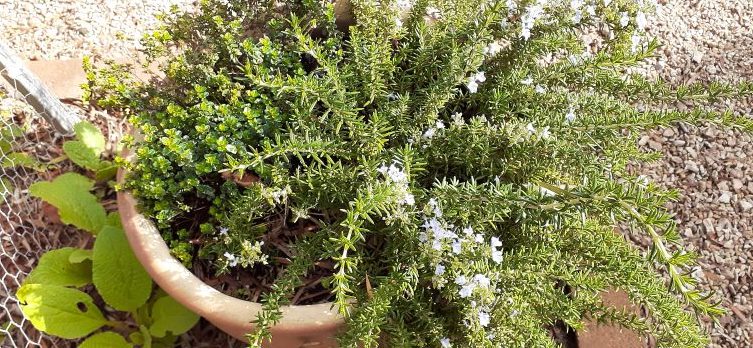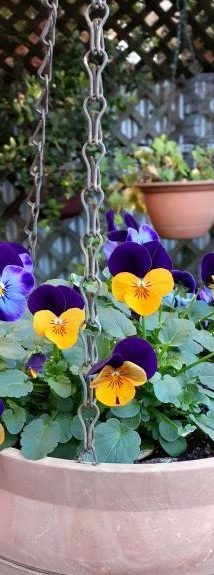Herbs are very easy to grow and extremely rewarding.
Fresh herbs are so beneficial in our lives and provide vitamins and minerals in the diet and improve the taste of food, Think of tomatoes with chopped basil or oregano, chives with potatoes, rosemary with roast lamb, mint with peas, lavender in stewed fruit, to name just a few!
Herbs also make wonderful teas. they can be refreshing, relaxing, soothing and therapeutic.
So herbs can be grown for their culinary benefits and also for their beauty and perfume. Look at Lavender, Lemon Verbena, the mints, thymes, chamomile, the list is endless.
Herbs particularly like being grown in pots and containers. So they can be suitable for small backyards, balconies, verandahs, patios, and windowsills. A group of herbs in containers outside the back door are not only ideal for access but keep the house cooler. In fact herbs can be grown in any container as long as a couple of of things are kept in mind.
The soil you are growing the herbs in
The drainage in the container
The position of the container
A good quality organic potting soil with some compost mixed in is perfect for planting in pots or containers. Both soil and compost can be purchased in bags from garden centres or hardware stores.
If you are using a commercial pot drainage is not usually a problem, if in any doubt a few broken stones can be placed in the bottom of the container before adding soil. In larger pots with larger holes a piece of fly screen or shadecloth over the hole stops soil falling through and insects from using your pot for their new home. If you have chosen a container like an old cooking dish, saucepan, vase, wine barrel etc you will need to drill drainage holes in them. Large items like a wine barrel can hold a few herbs that have similar requirements. Or a herb such as a Bay looks stunning in a large container and can be trimmed into shape as it grows, Of course you would need to choose a permanent place as it would be too heavy to move.
The advantage of growing your herbs in pots is that you can move the pots around so that they can be in the right spot all year round. Most herbs like a fare bit of sun , the sun increases the concentration of essential oils in the herb and increases the flavour. Mediterranean herbs such as Rosemary, Sage and Thyme fall in this category and don’t need a lot of watering except when establishing the new plant. Protect all herbs from the hot afternoon sun in the height of summer with a bit of shade especially in a climate where temperatures can be in the high twenties or thirties. Also find a protected spot from strong winds especially the more delicate herbs. Larger herbs in pots can do this.
